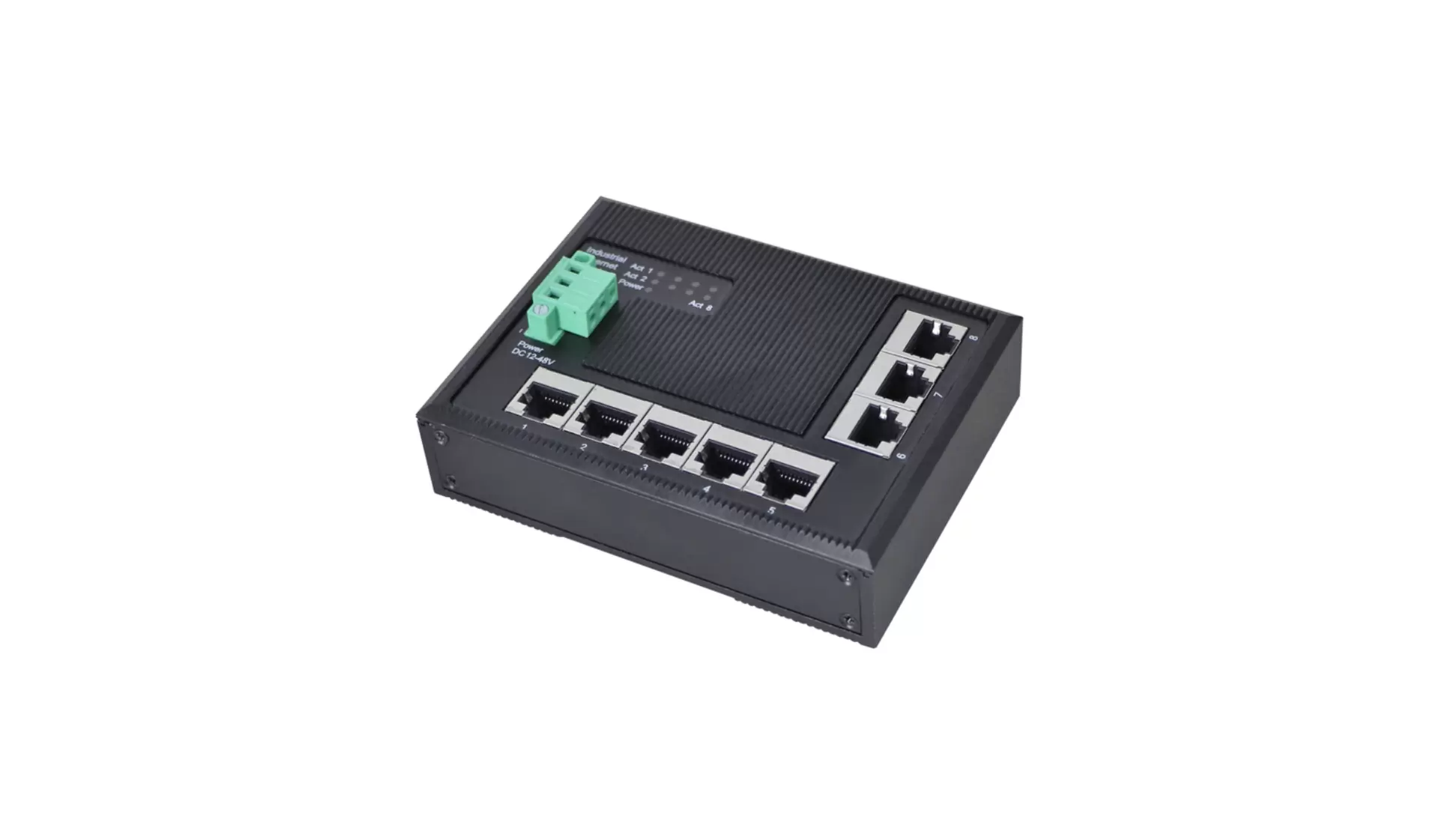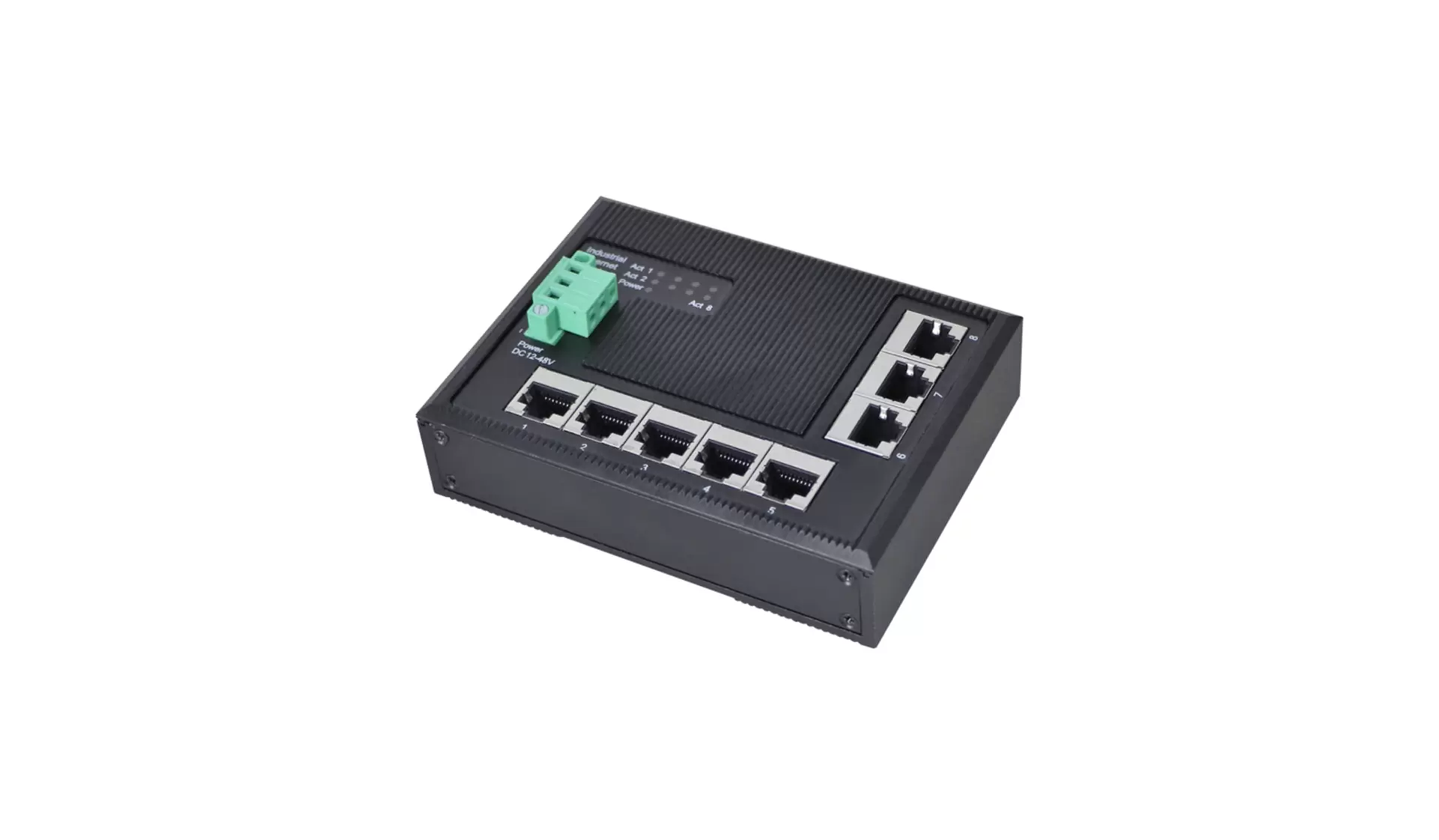.

Exploring the Different Types of Switches and Their Functions
Switches play a crucial role in various electrical and networking systems. They allow us to control and direct the flow of electricity or data. Understanding the different types of switches is essential for anyone involved in the electrical or networking industry. In this article, we will explore the four main types of switches and delve into their functions and applications.

1. Toggle Switches
Toggle switches are one of the most common types of switches. They consist of a lever that moves up and down or side to side to turn the switch on or off. These switches are often used in household appliances, lamps, and electronic devices. They provide a simple and reliable method of controlling the power supply.
2. Push Button Switches
Push button switches, as the name suggests, require a button or a small plunger to be pressed to operate the switch. They are commonly found in control panels, machinery, and industrial equipment. Push button switches are known for their durability and ability to handle heavy-duty applications. They often feature a momentary or latching action, allowing the switch to either stay on or return to its original state when released.
3. Rotary Switches
Rotary switches are designed to rotate around a central axis to select different positions. They come with multiple positions and are commonly used to control electrical circuits with multiple options or settings. Rotary switches can be found in audio systems, appliances, and professional equipment, where the user needs to choose between various operating modes or configurations.
4. Rocker Switches
Rocker switches are versatile switches that rock back and forth to turn the circuit on or off. They are often seen in household applications, automotive electronics, and industrial control panels. Due to their ergonomic design, rocker switches provide ease of use and are commonly used in situations where a clear visual indication of the switch's state is required.
In conclusion, understanding the four main types of switches, namely toggle switches, push button switches, rotary switches, and rocker switches, is essential for anyone dealing with electrical or networking systems. These switches offer a wide range of functions and applications, from simple household appliances to complex industrial machinery. By familiarizing yourself with these switches, you can make informed decisions when choosing the right switch for your specific needs.





